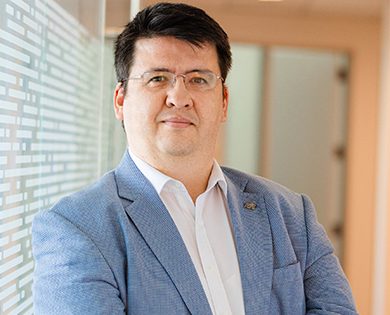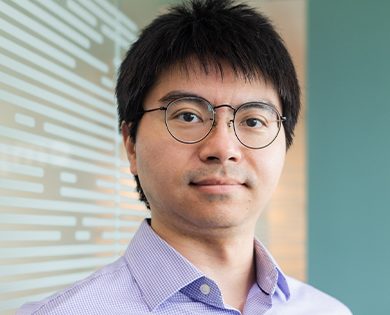Ofinno’s Next-Gen Wi-Fi research and development team is pioneering standards technologies that are reshaping the wireless industry.
With Wi-Fi 7 (IEEE 802.11be) near completion and Wi-Fi 8 (IEEE 802.11bn) in development, Ofinno’s Next-Gen Wi-Fi team—composed of globally-recognized experts—are contributing to IEEE 802.11 Standards Working Group activities and designing cutting-edge technologies.
Fueling the Future: Ofinno’s Research and Development Driving
Wi-Fi-Related Innovation
In today’s fast-paced digital world, the expectations on Wi-Fi performance are greater than ever —higher data rates, increased capacity, higher efficiency, ultra-low latency, and ultra-high reliability. These factors are the cornerstones that power online gaming, video conferencing, and new innovations in AR/VR applications.
Over the next 5 to 10 years, interpersonal interactions are predicted to shift to exchanges between vehicles, machines, meters, medical sensors, and other interconnected devices. Ofinno sits at the forefront of these technological advancements—actively driving innovation in Next-Gen Wi-Fi—a global market that’s expected to experience a growth rate exceeding 20%.
“We’re trying to make sure what will be standardized is actually good and efficient. Our team is working on Wi-Fi features and technological advancements that won’t be seen for another two to three more years.”
Leonardo Lanante, PhD
Senior Technical Staff
The Future Evolution of the IEEE 802.11 Standards
The IEEE 802.11 standards are an instruction manual for implementing standards-compliant Wi-Fi devices and networks, and they’ve made the internet more affordable and available to people all over the world. Like any manual, these instructions receive periodic updates or amendments that introduce new features to improve upon the reliability of Wi-Fi—but still make free Wi-Fi networks accessible.
Featured Blog: Key Takeaways from the Latest IEEE 802 LMSC Wireless Interim Session >>
“We work closely with the Ofinno Legal Team to ensure each invention is meticulously studied, evaluated, and patented, considering the prior art and for the benefit of the upcoming standard.”











